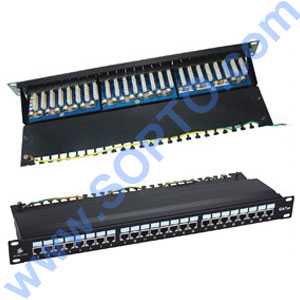-

- Sopto Home
-

- Special Topic
-

- Twinax Cable Knowledge
-

- Two Copper Cabling Types Defined for 10G Ethernet
Twinax Cable Knowledge
- Cable Labeling as Part of Data Center Management
- How to Correctly Run cables On Servers in a Data Center?
- 4 Realities You Should Consider 10G Ethernet for Your Business
- Is it finally the end of copper?
- Why We Need Both 40G and 100G Ethernet Cable?
- What is Twisted Pair Cable?
- Benefits of Twisted Pair Cable Construction
- Why Copper Is Used in Cables?
- A Brief Look at Ethernet Cable Construction
SOPTO Special Topic
Certificate



Guarantee
Except products belongs to Bargain Shop section, all products are warranted by SOPTO only to purchasers for resale or for use in business or original equipment manufacturer, against defects in workmanship or materials under normal use (consumables, normal tear and wear excluded) for one year after date of purchase from SOPTO, unless otherwise stated...
Return Policies
Defective products will be accepted for exchange, at our discretion, within 14 days from receipt. Buyer might be requested to return the defective products to SOPTO for verification or authorized service location, as SOPTO designated, shipping costs prepaid. .....
Applications
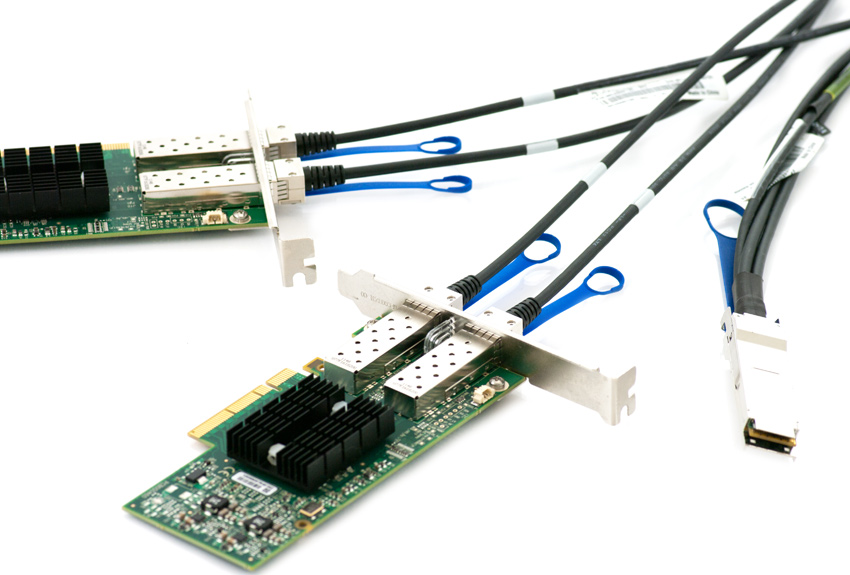 Twinax Cables are mainly used with PCI or PCI-E Card for the short distance interconnection in the server room.
Twinax Cables are mainly used with PCI or PCI-E Card for the short distance interconnection in the server room.
SOPTO Products
- Fiber Optic Transceiver Module
- High Speed Cable
- Fiber Optical Cable
- Fiber Optical Patch Cords
- Splitter CWDM DWDM
- PON Solution
- FTTH Box ODF Closure
- PCI-E Network Card
- Network Cables
- Fiber Optical Adapter
- Fiber Optical Attenuator
- Fiber Media Converter
- PDH Multiplexers
- Protocol Converter
- Digital Video Multiplexer
- Fiber Optical Tools
- Compatible
Related Products
Performance Feature
Stable Transmission Speed
Reliable Transmission
Various Length Selection
Wider Operating Temperature
Good for HPC
Good for Data Center
Twinax Cable Knowledge
Recommended
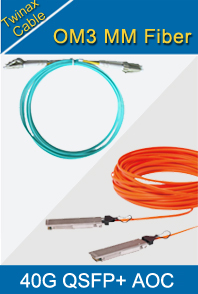
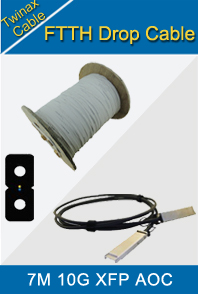
Two Copper Cabling Types Defined for 10G Ethernet
There are two copper cabling types defined for 10Gigabit Ethernet, one using the usual UTP cabling that must be at least Cat6 or higher standard. This table shows the key differences.
|
Connector (Media) |
Cable |
Distance |
Protocol |
|---|---|---|---|
|
SFP+ CU copper |
Twinax |
10m |
10GBase-CX1 |
|
RJ45 10GbaseT Copper |
Cat6, Cat6A, Cat7 |
100m |
10GBaseT |
The twinax cable uses a different signal propagation method. Our understanding is that it’s more like a radio wave than an electrical signal. A UTP signal needs a lot of electronics to drive generate and receive the signal.
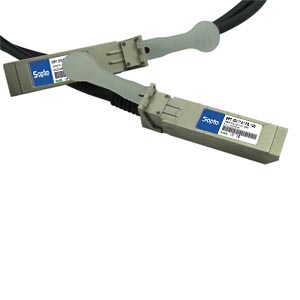
The end result is that Twinax uses much less power (something around 1 – 1.5W per port) compared to UTP (4 – 6 W per port). When you have a lot of ports this power consumption can be significant factor in design.
You can see this in Cisco UCS designs where it is recommended to use the Twinax cables from the server to the Nexus 5000 switch as a server to Top of Rack cabling solution (not entirely unlike Infiniband). Of course, your connections from the Nexus 5K to the network core are likely to fibre or UTP since the maximum distance of the twinax solution is only 10 metres.
Twinax is an ideal 10GbE solution for server to Top of Rack switch connection. Since it uses less power and is more reliable that UTP solution as the cable is physically more robust and not subject to physical damage, an important consideration for 10GbE over copper. Any damage to the copper cable due to crushing or bending can cause intermittent failures on Cat6 cabling (although less likely on Cat6A).
But the main reason for choosing twinax for 10GbE is lower power consumption for server to top of rack connections for integrated storage and data networks.
Sopto supplies high quality twinax cables with reasonable price. For the newest quotes, please contact a Sopto representative by calling 86-755-36946668, or by sending an email to info@sopto.com. For more info, please browse our website.




